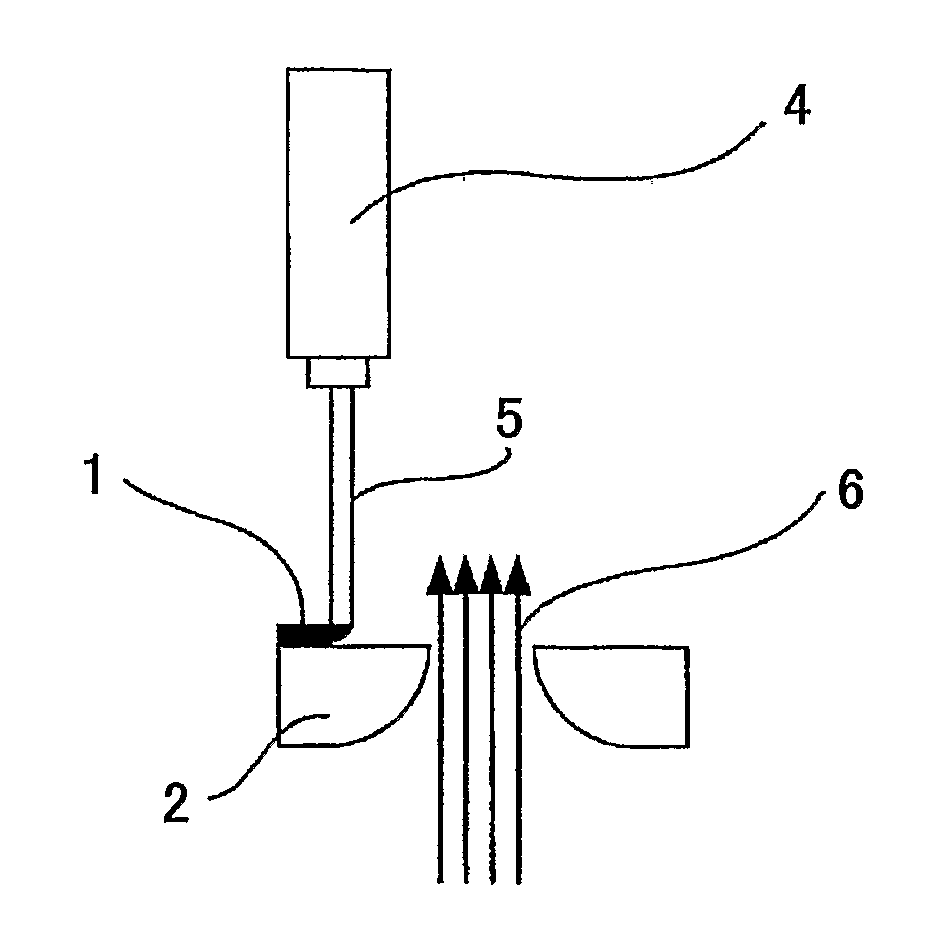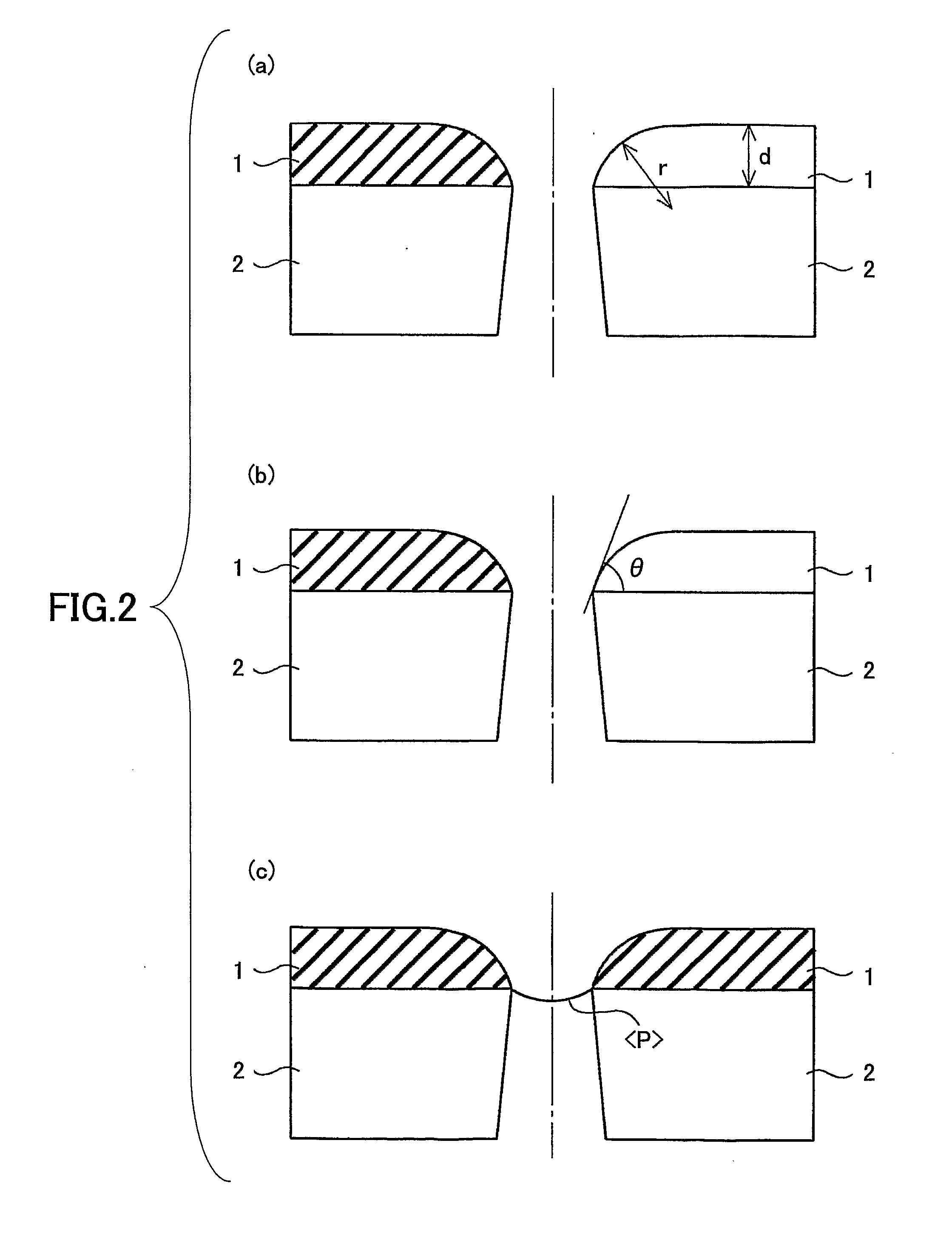Recording Method and Printed Matter
- Summary
- Abstract
- Description
- Claims
- Application Information
AI Technical Summary
Benefits of technology
Problems solved by technology
Method used
Image
Examples
preparation example 1
Preparation of Dispersion of Polymer Micro-Particles Containing Copper Phthalocyanine Pigment
[0293]To prepare a dispersion of polymer micro-particles containing a copper phthalocyanine pigment, the air in a 1 L flask with a mechanical stirrer, a thermometer, a nitrogen gas inlet tube, a reflux tube, and a dropping funnel was replaced sufficiently with nitrogen gas; the 1 L flask was charged with 11.2 g of styrene, 2.8 g of acrylic acid, 12.0 g of lauryl methacrylate, 4.0 g of polyethylene glycol methacrylate, 4.0 g of styrene macromer (Toagosei Co., Ltd., brand name: AS-6), and 0.4 g of mercaptoethanol; and the temperature was raised to 65° C. Then, a mixed solution of 100.8 g styrene, 25.2 g of acrylic acid, 108.0 g of lauryl methacrylate, 36.0 g of polyethylene glycol methacrylate, 60.0 g of hydroxyethyl methacrylate, 36.0 g of styrene macromer (Toagosei Co., Ltd., brand name: AS-6), 3.6 g of mercaptoethanol, 2.4 g of azobisdimethylvaleronitrile, and 18.0 g of methyl ethyl ketone ...
preparation example 2
Preparation of Dispersion of Polymer Micro-Particles Containing Dimethyl Quinacridone Pigment
[0297]A polymer micro-particle dispersion with magenta color was prepared in substantially the same manner as the preparation example 1, except that C. I. Pigment Red 122 was used instead of a copper phthalocyanine pigment.
[0298]The average particle diameter (D50%) of the polymer micro-particles in the polymer micro-particle dispersion was measured with a particle size distribution analyzer (Microtrac UPA, Nikkiso Co., Ltd.). The average particle diameter was 127 nm.
preparation example 3
Preparation of Dispersion of Polymer Micro-Particles Containing Monoazo Yellow Pigment
[0299]A polymer micro-particle dispersion with a yellow color was prepared in substantially the same manner as the preparation example 1, except that C. I. Pigment Yellow 74 was used instead of a copper phthalocyanine pigment.
[0300]The average particle diameter (D50%) of the polymer micro-particles in the polymer micro-particle dispersion was measured with a particle size distribution analyzer (Microtrac UPA, Nikkiso Co., Ltd.). The average particle diameter was 76 nm.
PUM
| Property | Measurement | Unit |
|---|---|---|
| Temperature | aaaaa | aaaaa |
| Temperature | aaaaa | aaaaa |
| Length | aaaaa | aaaaa |
Abstract
Description
Claims
Application Information
 Login to View More
Login to View More - R&D
- Intellectual Property
- Life Sciences
- Materials
- Tech Scout
- Unparalleled Data Quality
- Higher Quality Content
- 60% Fewer Hallucinations
Browse by: Latest US Patents, China's latest patents, Technical Efficacy Thesaurus, Application Domain, Technology Topic, Popular Technical Reports.
© 2025 PatSnap. All rights reserved.Legal|Privacy policy|Modern Slavery Act Transparency Statement|Sitemap|About US| Contact US: help@patsnap.com



